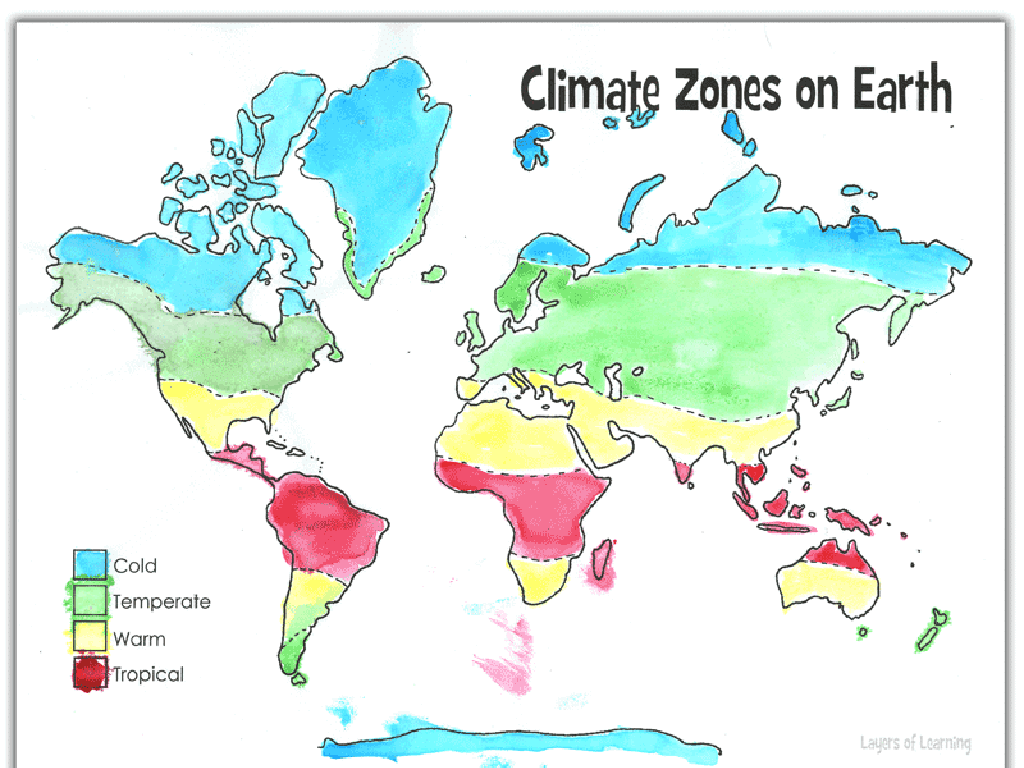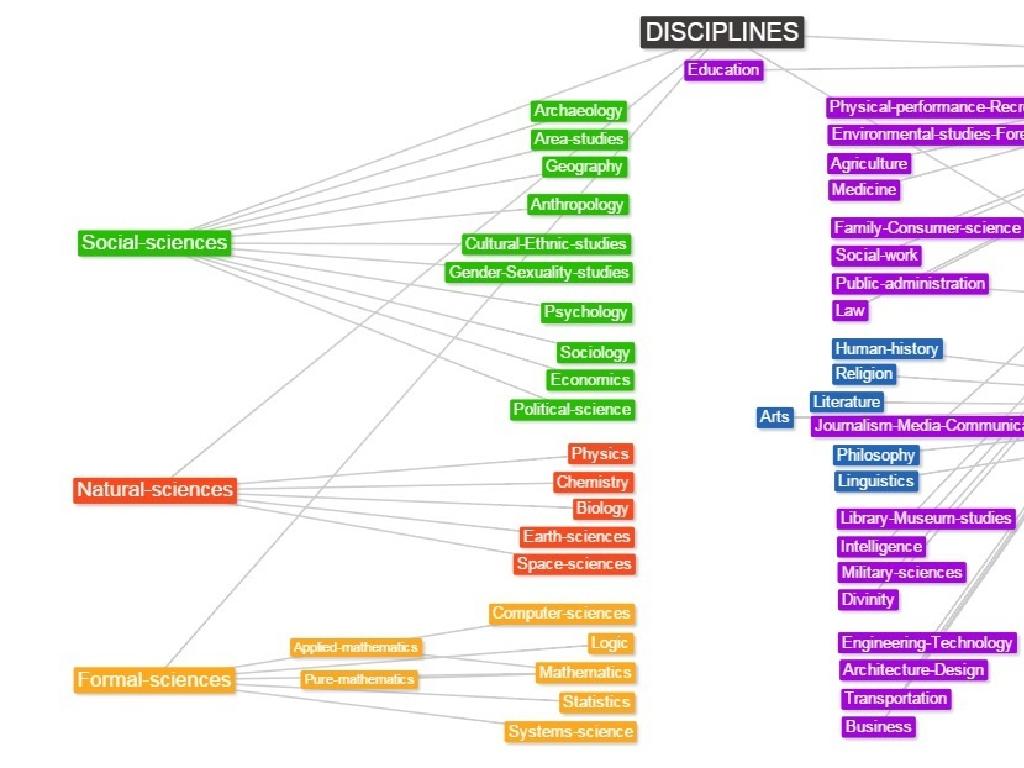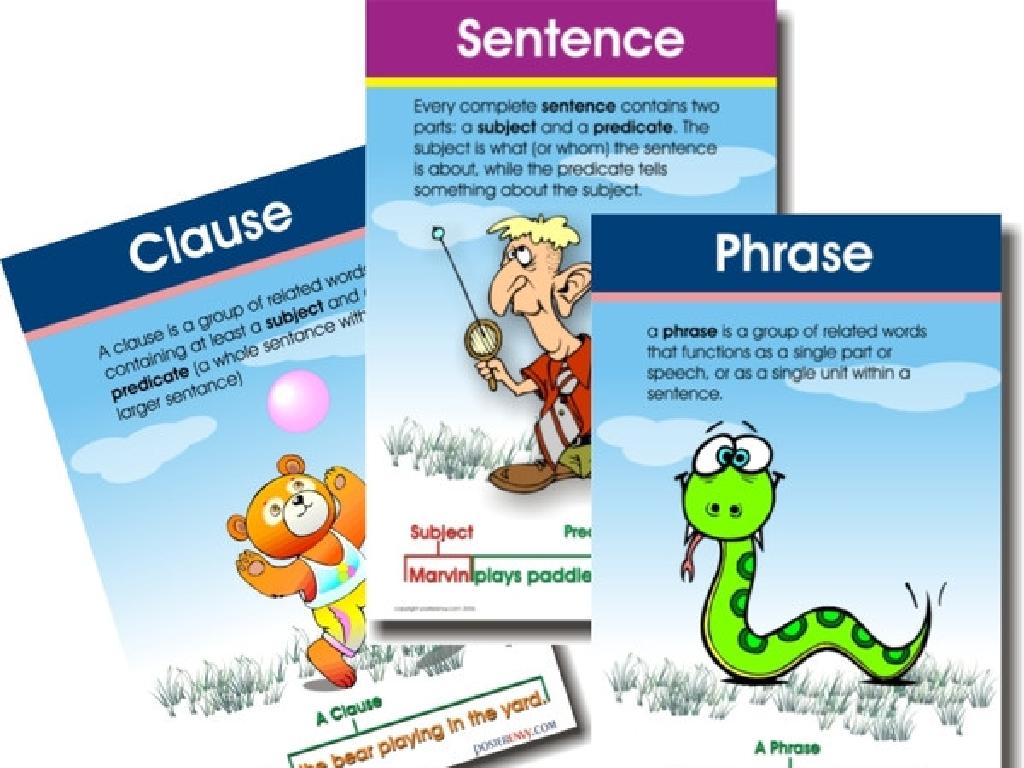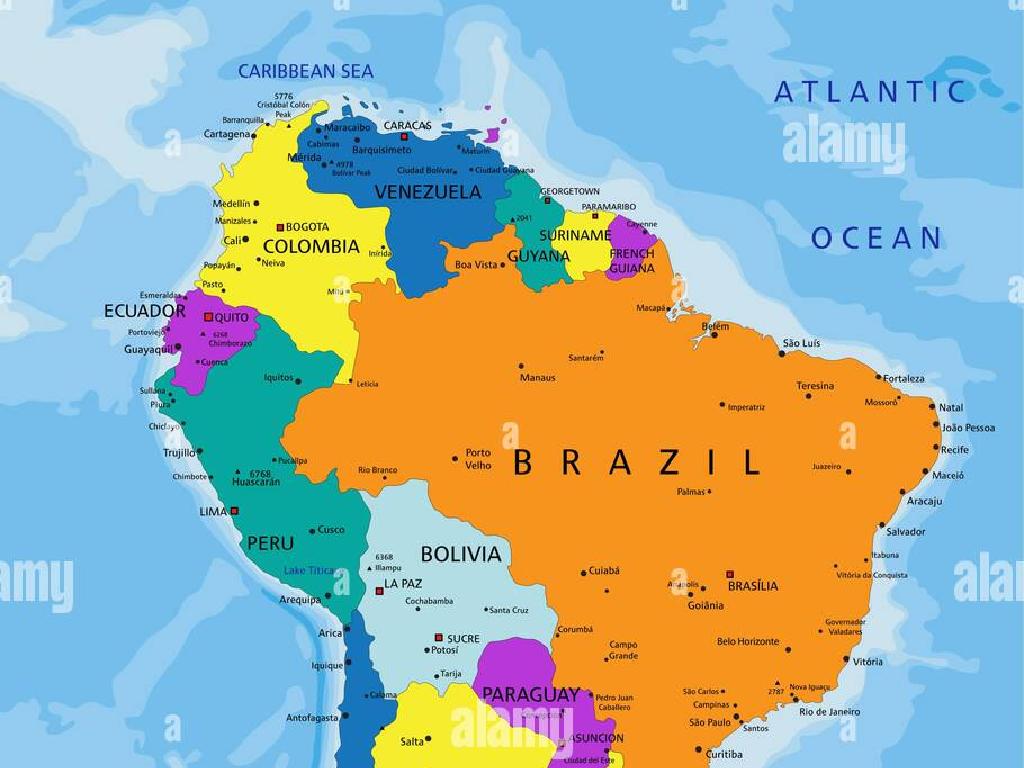Compare And Convert Metric Units
Subject: Math
Grade: Fifth grade
Topic: Metric Units Of Measurement
Please LOG IN to download the presentation. Access is available to registered users only.
View More Content
Welcome to Metric Measurements!
– Understanding metric units
– Metric units are used to measure length, volume, and mass.
– Why use the metric system?
– It’s a standard system used worldwide, making it easier to communicate measurements.
– Common units: m, L, g
– Meters measure length, liters for volume, and grams for mass.
– Converting between units
– Learn how to change from one unit to another, like meters to centimeters.
|
This slide introduces students to the concept of metric measurements, which are used globally for consistency and ease of communication. Emphasize the importance of the metric system in science and international trade. Explain that meters (m) are for measuring length, liters (L) for volume, and grams (g) for mass. Highlight that understanding these units is crucial for everyday tasks like cooking, measuring for crafts, or estimating weights. Teach students the basic conversions within the metric system, such as how many millimeters are in a meter or grams in a kilogram, to build a strong foundation for their mathematical skills.
The Metric System: Understanding Units and Prefixes
– Base units: length, volume, mass
– Meter for length, liter for volume, gram for mass
– Metric prefixes: kilo- to milli-
– Kilo-, hecto-, deca-, deci-, centi-, milli-
– Memory trick: King Henry Died…
– …By Drinking Chocolate Milk
– Converting between units
– Use the prefixes to convert, like 1000 milligrams = 1 gram
|
This slide introduces the metric system, focusing on the base units for length (meter), volume (liter), and mass (gram). It also presents the common prefixes that are used to represent multiples or fractions of these units. The mnemonic ‘King Henry Died By Drinking Chocolate Milk’ helps students remember the order of the prefixes from kilo- to milli-. Emphasize the importance of understanding these prefixes for converting between units, such as knowing that 1000 milligrams equals 1 gram. Provide examples and practice problems to help students become comfortable with these conversions.
Comparing Metric Units
– Understanding metric units
– Metric units measure length, mass, and volume
– Learn conversion factors
– Use conversion factors to switch between units
– Example: km to meters
– 1 kilometer equals 1000 meters
– Practice with real examples
– Convert 500 meters to kilometers
|
This slide aims to teach students how to compare and convert between different metric units. Start by explaining that the metric system is based on units of ten, making it easier to convert from one unit to another. Introduce conversion factors as a tool for changing between units, such as kilometers to meters. Use the example provided to show that 1 kilometer is equivalent to 1000 meters, and then ask students to practice by converting 500 meters to kilometers (0.5 kilometers). Encourage students to think of other examples and understand that these conversions are useful in real-world scenarios, such as measuring distances and calculating travel times.
Converting Metric Units
– Learn conversion steps
– Understand how to switch between units like meters and centimeters
– Use powers of 10 for conversion
– Multiplying or dividing by 10, 100, 1000 makes it easy
– Example: 5 meters to centimeters
– 5 meters equals 500 centimeters because 1 meter is 100 centimeters
|
This slide introduces students to the concept of converting between different metric units. The focus is on understanding the steps involved in conversion and using multiplication or division by powers of 10 to make these conversions. For example, to convert meters to centimeters, students multiply by 100 because there are 100 centimeters in a meter. Provide a clear example, such as converting 5 meters into centimeters, to illustrate the process. This example shows that 5 meters is equivalent to 500 centimeters. Encourage students to practice with additional examples and to understand the relationship between different metric units.
Real-life Applications of Metric Units
– Importance of unit conversion
– Cooking, science, and travel examples
– Recipes may require grams, but your scale shows ounces. Scientists measure liquids in liters, and distance is often in kilometers.
– Discuss daily life metric usage
– Share experiences with metric units at home, in stores, or on road signs.
– Understanding metric relevance
|
This slide aims to help students understand the practical importance of converting metric units in various aspects of daily life. Start by discussing why it’s necessary to convert units for example, when following a recipe or comparing distances. Provide relatable examples from cooking, such as converting grams to ounces for ingredients; from science, like using liters instead of gallons for liquids; and from travel, such as understanding kilometers on road signs. Encourage a group discussion for students to share where they’ve encountered metric units in their own lives, reinforcing the concept that these measurements are not just abstract numbers but part of everyday activities. This will help solidify their understanding of the metric system’s relevance and prepare them for real-world applications.
Let’s Practice Together: Metric Conversion Challenge
– Pair up for conversion problems
– Solve various metric conversions
– Convert between units like meters to kilometers, grams to kilograms
– Share your solutions with the class
– Discuss challenges and strategies
– Talk about any difficulties and how you overcame them
|
This class activity is designed to promote collaborative learning and problem-solving skills. Students will work in pairs to tackle a series of metric conversion problems, which will help them understand how to compare and convert different metric units. Encourage them to use conversion charts or multiplication and division to convert between units such as meters to kilometers or grams to kilograms. After solving the problems, each pair will share their solutions with the class and discuss any challenges they faced during the process. This will allow students to learn from each other and to understand different approaches to solving the same problem. As a teacher, facilitate the discussion by asking guiding questions and providing feedback. Possible activities could include converting lengths for a mini track field, weights for ingredients in a recipe, or volumes for liquids in different containers.
Class Activity: Metric Scavenger Hunt
– Find and measure classroom items
– Record measurements in metrics
– Use centimeters or meters for length
– Convert to different metric units
– How many millimeters in a centimeter? How many centimeters in a meter?
– Present your findings to class
|
This interactive activity is designed to help students apply their knowledge of metric units in a fun and engaging way. Students will search for items in the classroom to measure, such as a book, desk, or window. They should use metric units like centimeters or meters to record the length, width, or height of each item. After recording the initial measurements, students will practice converting these measurements into different metric units, reinforcing their understanding of the metric system. For example, they can convert measurements from centimeters to millimeters or meters. Finally, students will present their findings to the class, sharing what they measured, their initial measurements, and the converted measurements. This will help students to communicate mathematically and to see the practical applications of metric conversions. Provide students with a conversion chart if necessary and ensure they understand how to use it. Encourage accuracy in measurement and conversion.
Conclusion & Homework: Mastering Metrics
– Recap: Metric units importance
– Homework: Conversion worksheet
– Complete the worksheet to practice converting between different metric units like meters to kilometers.
– Study for metric conversion quiz
– Review today’s lesson and practice more problems to prepare for the quiz.
– Practice makes perfect!
|
As we wrap up today’s lesson on metric units, it’s crucial for students to understand why these units are important in everyday life and in science. For homework, students will reinforce their learning by completing a worksheet focused on converting between metric units. This will prepare them for the upcoming quiz, which will assess their ability to compare and convert metric units accurately. Encourage students to practice regularly, as familiarity with these conversions is key to their success in math and science. Provide tips on how to study for the quiz, such as making flashcards of conversion factors or practicing with real-life examples.






